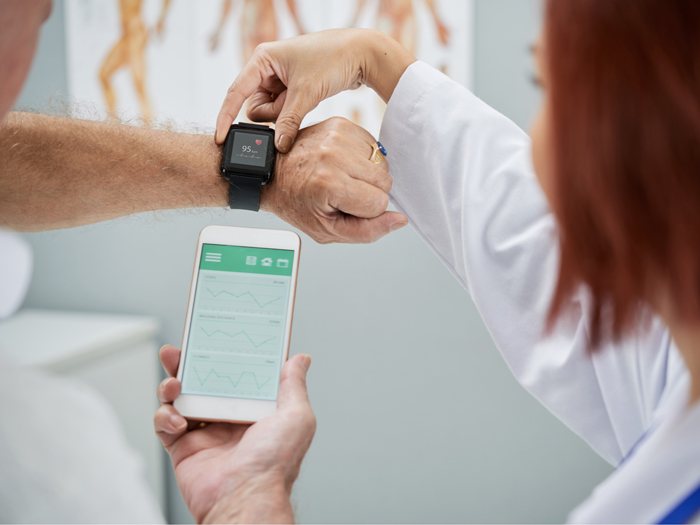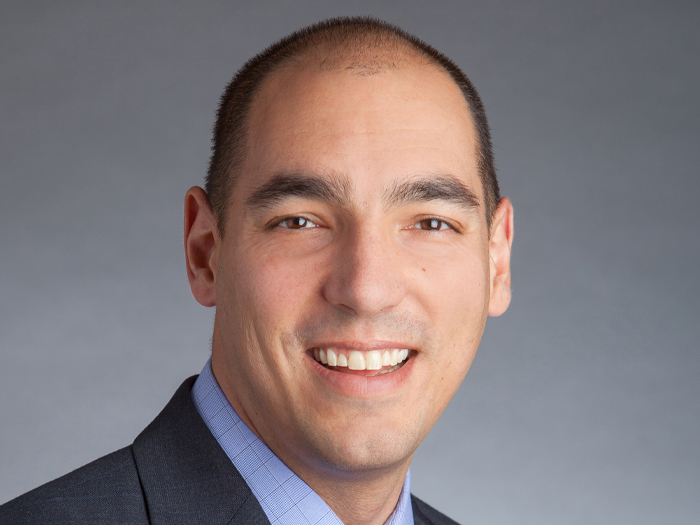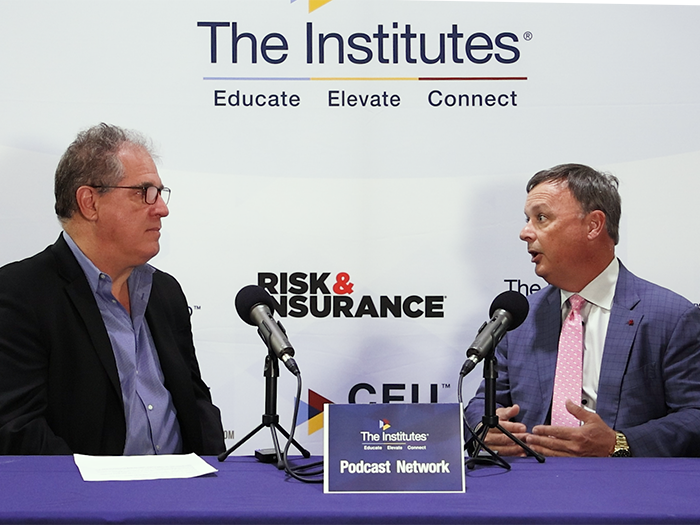COVID-19 Sparked a Technology Surge in WC … And Shined a Light on Even Greater Risk

From wearable devices such as Fitbits and smart watches to social media, phone apps, video meetings and telemedicine, new technologies have become commonplace in and outside of the workplace, and employers and employees alike are embracing them.
Employers are using new technologies in unprecedented ways including monitoring employee performance and safety, enhancing post-injury care, creating additional opportunities for employees to return to work, and to improve the worker’s compensation claims process.
With so many people wearing Apple watches and other devices around their wrists, contacting their doctors via telemedicine, or keeping in touch with friends over social media, it’s clear that these technologies have become engrained.
While many of these new technologies are welcome, they also have spurred questions about how to best utilize them.
“In our space, in healthcare, these technologies are coming more and more (evident) every day, with wearables, motion capture, and the integration of technology into the medical and rehabilitation environment,” said Dorothy Riviere, CCO of Bardavon Health Innovations.
Riviere participated in a panel discussion of new technologies and their impact on worker’s compensation at the virtual CLM Workers’ Compensation and Retail, Restaurant & Hospitality Conference.
She was joined on the panel by Jeff Heaser, vice president and workers compensation claims director at Astrus Insurance Solutions, Caryn B. Siebert, vice president and national director of Carrier Engagement at Gallagher Bassett and Jennifer Morris Jones, attorney at Cranfill Sumner & Hartzog LLP.
COVID-19 Creates Greater Interest
The panelists agreed that the COVID-19 pandemic has created greater interest in and use of some new technologies, Siebert said.
“With telemedicine, all of a sudden we’re seeing three times, four times, five times the usage,” she said. “It’s drastically up. It’s really helped our claimants and the injured workers get ready to return to work or to be able to do some type of accommodation and continue moving forward. Otherwise those claims would continue to linger.”
The increased use of telemedicine is not likely to decline according to an on-the-spot survey of session attendees. Sixty one percent said they expect telemedicine use to increase after the pandemic resolves, 24.1% said they expect it to decrease and 13.8% said it will stay the same.
While technology is seen as a way to improve healthcare, Riviere said that it is not necessarily been the case, especially since it has not made patients more engaged in their own healthcare.
“Technology has exploded in use, but is it making us more healthy? The data would suggest it’s not,” said Riviere who noted that healthcare spending in the U.S. is massive.
Healthcare spending is about $3.5 trillion a year and worker’s compensation spending is about $70 billion.
Data Analytics to Harness Information
She said that technology and data analytics need to be better harnessed to provide useful information for both employers and employees.
Currently, she said claims data is comprised mainly of units and charges, which gives little information about how a worker’s case is handled. She compared it to paying $50 for a dinner, but not getting any information about whether the diner enjoyed the meal.
“Did that person heal,” she asked. “Did that person return to work? These are the types of things we need to see through technology.
We want to ensure that such information becomes more normal as part of the information that people rely on.”
She said it will be important to help clinicians understand the value of collecting the correct data, and of interpreting it.
“We hear from clients (who say) ‘I’m now drowning in data, but what does it actually mean?” she said.
Collecting relevant data can help understand outcomes, refer workers to the best providers for their particular injury, and create more accurate reserves.
Siebert agreed that collecting data and mining it for useful information will help employers to identify, for instance, a job function that has the longest loss time and respond by establishing targeted safety or wellness programs.
Tech Aides in Claims Closure
A claim that lingers without closure escalates costs and technologies that can aid closure and improve efficiency are welcome, Heaser said.
When an employee of one of his company’s customers was in a work-related accident, Heaser noted that his company used an app to trigger responses from relevant parties including a nurse case manager, an attorney and a company representative.
“We were able to get a nurse manager to the hospital before the patient got there,” he said. “It helped the family get through this situation and helped the employer reassure them that they were there for them.”
He said another useful technology for addressing a claim is a wearable badge that an employee uses to clock in and out of work and which pinpoints their location. He said such a device has helped his company determine if an employee’s claim of a work-related injury, and where it occurred, is credible.
Another survey of session attendees asked them if they think workers are more prone to use apps to find doctors, physical therapists and track payments. The results showed that 69.7% said they were and 30.3% said they were not.
Jones said medical records are helpful to determine a person’s condition before and after an injury, but new technologies like wearable devices that collect such information as a user’s heart rate, exercise level, and sleep can create a better overall picture of the worker’s health status.
Wearable devices, for instance, can help discover if a person is not being honest about their claim.
“They can help demonstrate whether a party has altered data during the discovery or litigation process,” she said.
Health and exercise data can also be gleaned from wearables and has been used in personal injury cases. She cited a 2014 case in Canada in which a fitness instructor used data from Fitbit that showed she did not have the same physical fitness she’d had before being involved an accident.
Jones said social media also is useful in litigation.
“Social media creates a treasure trove of relevant data that can be used in litigation,” she said, adding that certain factors such as relevance, authenticity and reliability of the information and privacy laws need to be taken into account. &










